So, in the month of May, every one around the north pole experienced Northern lights or the auroras and all our feed were filled by their images and videos.

But in this blog we are not going to talk about auroras on the earth but “Auroras on the Jupiter”, Yesss!! much like those on Earth, stunning light displays caused by the interaction of the planet’s magnetic field with charged particles. However, Jupiter’s auroras are much more powerful and complex. Lets see what impact can it cause on the Jupiter :
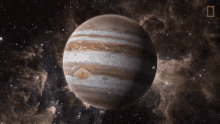
When does jupiter experience Auroras?
You would be amazed to hear, that auroral activity on jupiter can occur every 27 minutes. It also emit lot of X-rays into space during that period. This X-ray blast can power our entire civilization, Damnn!!!!
Source of Charged Particles :
Volcanic Activity on Io: One of Jupiter’s moons “Io” , is the most volcanically active body in the solar system. Its volcanes emit vast amounts of sulphur dioxide gas, which is then ionized and forms a torus of donut like structure of charged particles around Jupiter.
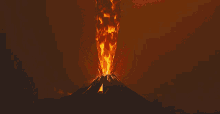
Solar Wind: Like Earth, Jupiter also receives charged particles from the solar wind. However, Jupiter’s magnetic field is much stronger, making its auroras more intense and magnificent.
Magnetic Field :
Strength and Size: Jupiter’s magnetic field is about 20,000 times stronger than Earth’s, and it extends far into space, forming a vast magnetosphere.

Zones of aurora: Jupiter’s auroras occur primarily around its magnetic poles. These zones are where the magnetic field lines converge and guide charged particles into the upper atmosphere.
Observation from Hubble Space Telescope and Juno Mission :
Hubble: Well, The Hubble Space Telescope has provided us the detailed images of Jupiter’s auroras, revealing their dynamic and complex nature.
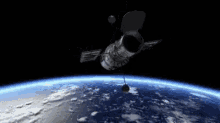
Juno: NASA’s Juno spacecraft, which is currently orbiting Jupiter, has been studying its auroras in great detail, providing insights into their structure and behaviour.
Infrared and Ultraviolet Emissions :
Ultraviolet: Jupiter’s auroras are most commonly observed in ultraviolet (UV) light, where they appear as bright, glowing rings around the poles. This may not be seen by naked eyes.

Infrared: Juno’s instruments have also observed auroral emissions in the infrared spectrum, helping scientists understand the temperature and energy distribution in Jupiter’s atmosphere.
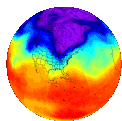

Satellite Footprints: Auroral spots caused by the magnetic interaction between Jupiter and its moons (especially Io, Europa, and Ganymede). These “footprints” move in sync with the moons’ orbits.
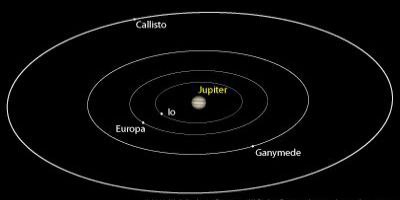
Energy and Dynamics :

High Energy: Jupiter’s auroras are the most energetic in the solar system. The particles precipitating into the atmosphere can release thousands of gigawatts of power, far exceeding the most powerful auroras on Earth. So , in future we might have chance to grab this source of power and use to charge our gadgets. What do you think?

Atmospheric Impact :
Heating: The energy from the auroras heats Jupiter’s upper atmosphere, creating hot spots observable in infrared wavelengths.
Chemical Reactions: The influx of charged particles can induce complex chemical reactions, altering the composition of the upper atmosphere.
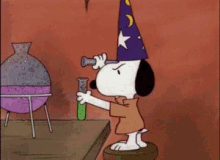
Well, Jupiter’s auroras are not only visually spectacular but also a rich field of study for understanding planetary magnetosphere and space weather interactions. So shall we plan our next trip to Jupiter? comment down your plans.
(“Pune mein toh nahi dikha aurora, jupiter pe hi dekh lete hai “) follow for the context gauriverse_
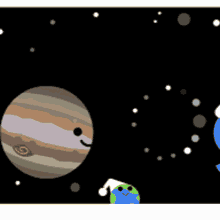

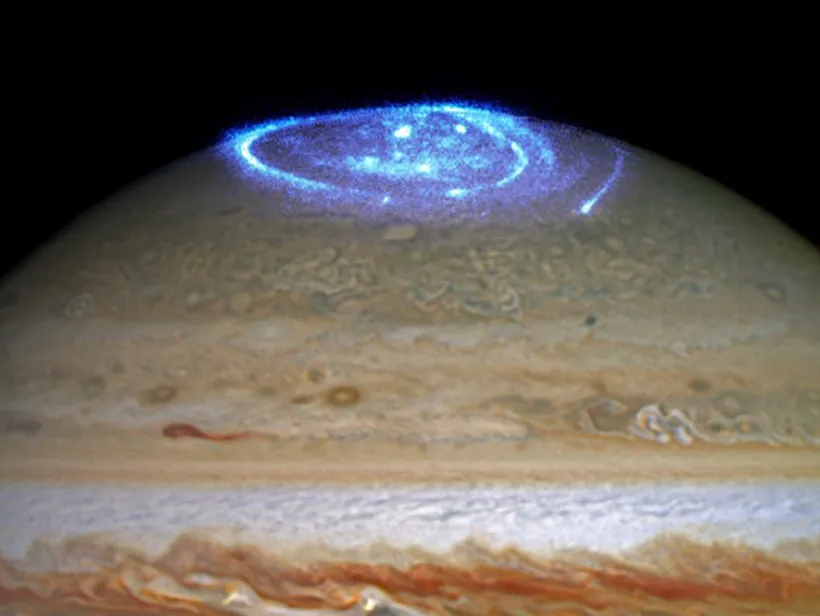
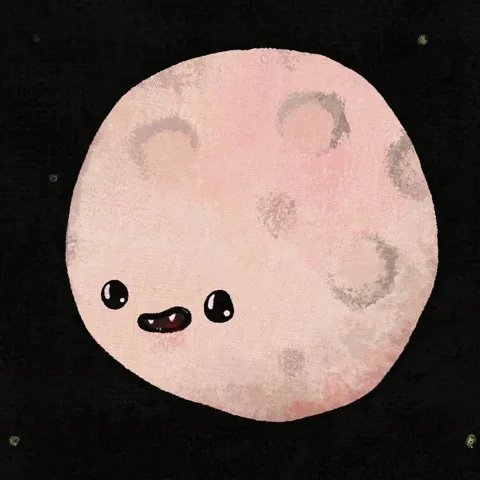
One response to “Auroras on Jupiter !!”
Amazing write up!